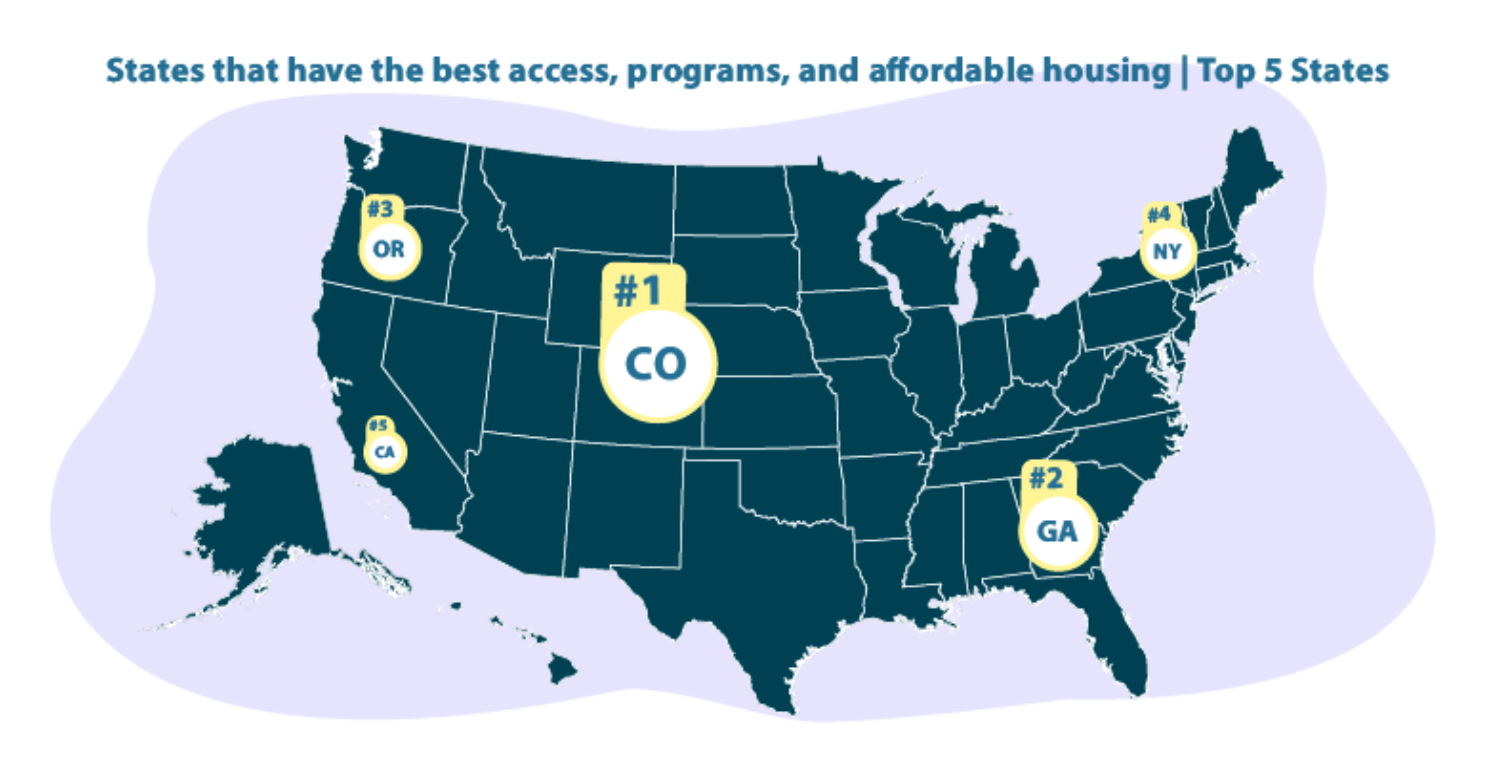A recent analysis of the housing crisis found Colorado to have the best overall homeless assistance in the nation. The report — from QuoteWizard by LendingTree, LLC — on states at the forefront of the housing crisis amidst the pandemic, takes a look at the rate of homelessness from 2018-2019, as well as an in-depth look at housing programs to determine which states are doing their part to end homelessness in America.
To find which states have the biggest improvements in homelessness assistance, QuoteWizard analyzed the National Alliance to End Homelessness data on the rate change of homeless assistance programs between 2018 and 2019. It analyzed seven assistance program factors and compiled the data into a composite ranking. The ranking is based on each state’s rate change of emergency shelters, other permanent housing, permanent supportive housing, rapid re-housing, safe haven program, transitional housing and the total number of rental assistance programs.
Key findings:
- Colorado ranked the top state in the nation for housing assistance from 2018 to 2019.
- Connecticut saw a 23.6% decline in homelessness from 2018 to 2019.
- In 2019, it was estimated that nearly 568,000 were experiencing homelessness.
- As of November 2020, 10.74 million Americans are unemployed.
- Mississippi, Louisiana and Alabama all had the lowest counts of total homeless per 10k in 2019.
- New York, Hawaii and California have the most homeless per 10,000 people.
“Colorado saw a 12.4% decline in people experiencing homelessness from 2018 to 2019, which could be due to the state’s many active programs to reduce homelessness. Since the start of the current pandemic, unemployment and uninsured rates in Colorado have remained low which also contributes to the decline in those experiencing homelessness. Of the housing and assistance programs that we looked at, Colorado saw many improvements,” said Elli Carrillo, QuoteWizard.
Improvements in Colorado:
- Transitional housing: 8% increase
- Safe haven: 152% increase
- Rapid re-housing: -31% decrease
- Other permanent housing: 118% increase
- Emergency shelter change: 8% increase
- Permanent supportive housing: 0%
To read the full report, click here









